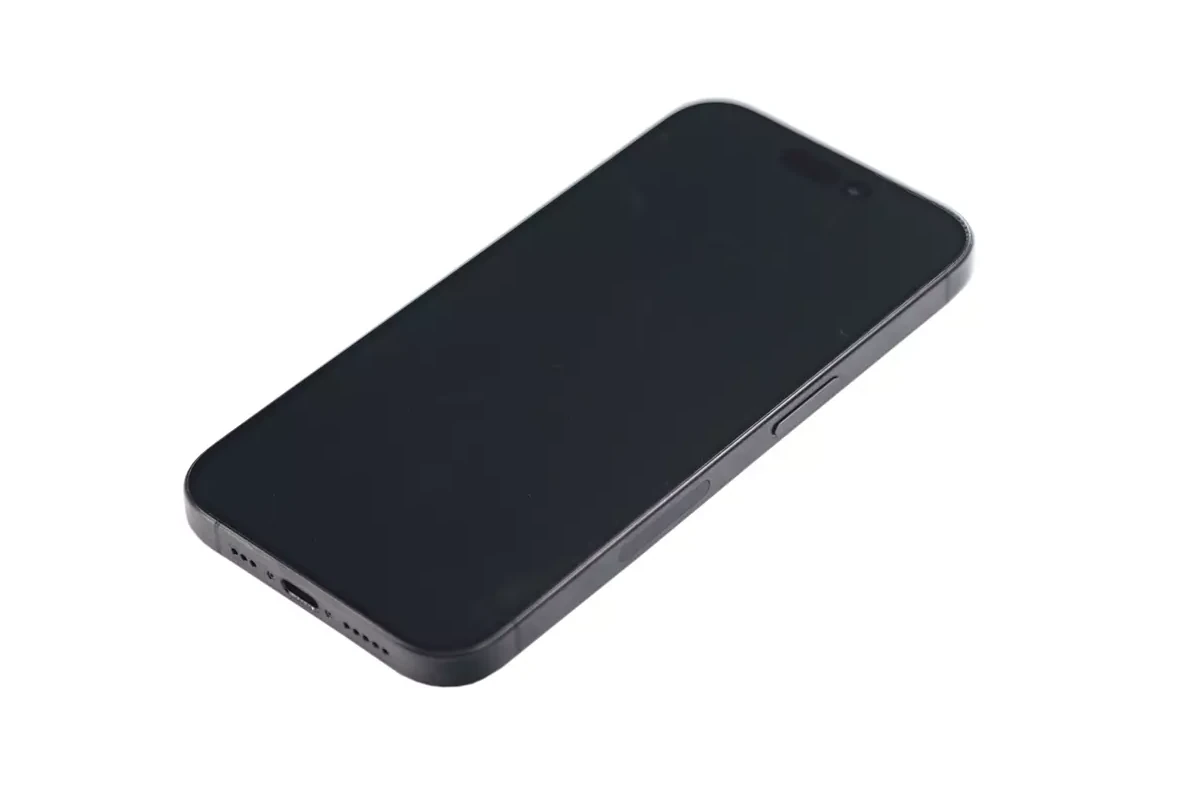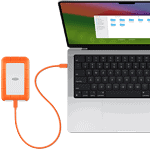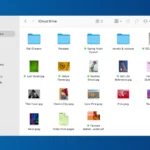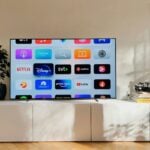You can safely charge your iPhone 15 or 16 with a MacBook charger. Apple’s USB-C power adapters are compatible with various devices, including the latest iPhones.
Using a higher-wattage charger won’t harm your iPhone. The device controls its charging speed and only draws the power it needs. This means you can use your MacBook’s 61W or 67W charger to power up your iPhone 15 / 16 without worry.
While it’s convenient to use your laptop’s charger, it may not offer the fastest charging speeds for your iPhone. The iPhone 15/16 supports up to 27W fast charging, so using a 20W or 30W adapter might be more efficient. Here’s a quick comparison of charging options:
| Charger Type | Wattage | Charging Speed |
|---|---|---|
| iPhone Charger | 20W | Fast |
| MacBook Charger | 61W-140W | Standard |
| Third-Party | 27W-30W | Fastest |
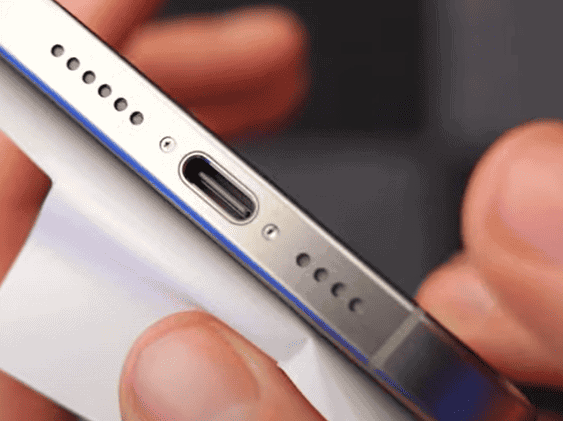
Compatibility and Charging Standards
USB-C and Lightning connections play a crucial role in iPhone 15 or 16 charging. USB Power Delivery enables fast charging capabilities for compatible devices.
Understanding USB-C and Lightning Connections
The iPhone 15 marks a shift from Lightning to USB-C ports. This change aligns iPhones with many other devices using USB-C.
USB-C offers faster data transfer and more power delivery options. It’s a universal standard found on many laptops, including MacBooks.
Lightning connectors were Apple-specific. They’re being phased out to comply with EU regulations.
| Connector Type | Data Transfer Speed | Power Delivery |
|---|---|---|
| USB-C | Up to 40 Gbps | Up to 240W |
| Lightning | Up to 480 Mbps | Up to 12W |
USB Power Delivery and the iPhone
USB Power Delivery (USB-PD) is a charging protocol that allows for faster charging. The iPhone 15 supports USB-PD, enabling you to use higher-wattage chargers.
MacBook chargers, which use USB-PD, can charge the iPhone 15 and iPhone 16 models. These adapters typically provide more power than standard iPhone chargers.
You can expect faster charging times when using a MacBook charger. However, the iPhone will only draw as much power as it’s designed to handle.
It’s safe to use higher-wattage chargers. The iPhone’s internal circuitry regulates the incoming power to prevent damage.
Using MacBook Chargers with the iPhone USB-C
The iPhone 15 introduced USB-C charging and the iPhone 16 continues it, allowing compatibility with MacBook chargers. This change offers more flexibility and faster charging options for users.
Official Apple Charging Solutions
Apple’s USB-C MacBook chargers work seamlessly with the iPhone 15/16. The MacBook Pro charger can fast charge your iPhone, delivering up to 50% battery in just 30 minutes. This applies to all iPhone 15 models, including the Pro versions.
MacBook chargers come in various wattages:
- 30W for MacBook Air
- 67W for 14-inch MacBook Pro
- 96W/140W for 16-inch MacBook Pro
While all these chargers are compatible, the iPhone 15 maxes out at 27W. Using a higher wattage charger won’t damage your phone but won’t charge it faster either.
Third-Party USB-C Power Adapters
Many third-party USB-C chargers can also power your iPhone 15. When choosing a non-Apple charger, look for ones with Power Delivery (PD) support. These chargers offer safe, fast charging for your device.
Popular third-party options include:
| Brand | Wattage | Features |
|---|---|---|
| Anker | 20W-65W | Compact design, multiple ports |
| Belkin | 25W-60W | GaN technology, foldable plugs |
| RAVPower | 30W-90W | Wide compatibility, travel-friendly |
Remember, while these chargers can work well, they may not offer the same level of optimization as Apple’s official chargers. Always buy from reputable brands to ensure safety and performance.
Maximizing Charging Efficiency and Speed
Proper charging techniques can significantly boost your iPhone 15’s battery performance. Optimal practices and speed assessment help maintain your device’s longevity.
Optimal Charging Practices for iPhone 15
Use a compatible USB-C charger for your iPhone 15. The MacBook charger works well, but ensure it’s a USB-C Power Delivery adapter. Avoid using old, damaged, or non-certified cables.
Keep your phone cool while charging. High temperatures can harm the battery. Remove any thick cases that might trap heat.
Enable Optimized Battery Charging in your iPhone settings. This feature learns your daily charging habits and delays charging past 80% until you need to use your phone.
Avoid extreme battery levels. Try to keep your battery between 20% and 80% for best longevity.
| Charging Practice | Benefit |
|---|---|
| Use USB-C PD charger | Faster charging |
| Keep phone cool | Protects battery |
| Enable Optimized Charging | Extends battery life |
| Maintain 20-80% charge | Improves longevity |
Assessing the Charging Speed
To check your iPhone 15’s charging speed, look at the battery icon. A lightning bolt indicates it’s charging. Two lightning bolts mean fast charging is active.
You can also use third-party apps to monitor charging speed. These apps provide detailed information about power input and estimated time to full charge.
Compare charging times with different adapters. A 20W charger should charge your iPhone 15 to 50% in about 30 minutes. Higher wattage chargers may offer slightly faster speeds.
Remember, factors like battery temperature and current charge level affect speed. A nearly full battery charges slower than one at 20%.
If charging seems slow, try these steps:
• Check for iOS updates
• Restart your iPhone
• Test a different cable or charger
• Clean the charging port
Peripheral Device Charging with MacBook and iPhone Chargers
MacBook and iPhone chargers can power various Apple accessories. This versatility simplifies device management for users with multiple Apple products.
Charging Apple Accessories
AirPods, Apple Watch, and iPads can be charged using MacBook or iPhone chargers. AirPods cases support USB-C, allowing direct connection to MacBook chargers. Apple Watch uses a unique magnetic charger, but newer models can charge with USB-C cables.
iPads work with both MacBook and iPhone chargers. Larger iPad Pro models benefit from MacBook chargers’ higher wattage. This enables faster charging compared to standard iPhone adapters.
| Device | Compatible Charger |
|---|---|
| AirPods | iPhone/MacBook USB-C |
| Apple Watch | Magnetic/USB-C |
| iPad | iPhone/MacBook USB-C |
Using a MacBook charger for these devices is safe. The accessories will only draw the power they need.
Managing Multiple Devices
You can charge several devices from one MacBook charger using a USB-C hub. This setup works well for travel or desk organization. Some MacBook chargers offer multiple ports, letting you charge your iPhone and iPad simultaneously.
Power banks with USB-C output can also charge your Apple devices. Look for models with enough capacity to charge larger devices like iPads.
Remember to use quality cables and accessories. Cheap knockoffs may damage your devices or provide slow charging speeds.
Frequently Asked Questions
Using a MacBook charger for an iPhone 15 raises several important questions about safety, compatibility, and potential effects on battery health. Let’s address some common concerns.
Is it safe to use a MacBook charger to charge an iPhone 15?
Yes, it’s safe to charge your iPhone 15 with a MacBook charger. The iPhone 15’s USB-C port allows for this compatibility. Your iPhone will only draw the power it needs, preventing overcharging.
Can I charge an iPhone 15/16 with a 61W MacBook charger without causing any damage?
You can use a 61W MacBook charger without damaging your iPhone 15. The iPhone’s internal charging system regulates power intake. It won’t accept more power than it can handle.
Will charging my iPhone 15/16 with a Mac charger affect battery health?
Charging your iPhone 15 with a Mac charger won’t negatively impact battery health. The phone’s built-in safeguards prevent overheating or overcharging. Regular charging habits matter more for long-term battery health.
Can I use a MacBook Pro’s USB-C power adapter to charge my iPhone?
You can use a MacBook Pro’s USB-C power adapter to charge your iPhone. The USB-C connection allows for this cross-device charging capability. Your iPhone will charge safely and efficiently.
Are there any benefits or drawbacks to using a 30W MacBook charger for an iPhone?
Using a 30W MacBook charger for your iPhone offers fast charging benefits. It can charge your phone quicker than the standard charger. The main drawback is the charger’s larger size compared to iPhone-specific adapters.
Is it possible to charge an iPhone USB-C with a 96W or 140W MacBook charger?
You can charge an iPhone 15 or iPhone 16 with a 96W or 140W MacBook charger. These high-wattage chargers won’t harm your phone. The iPhone will only draw the maximum power it’s designed to accept.
| Charger Wattage | Compatible with iPhone 15 | Charging Speed |
|---|---|---|
| 20W (iPhone) | Yes | Fast |
| 30W (MacBook) | Yes | Fast |
| 61W (MacBook) | Yes | Fast |
| 96W (MacBook) | Yes | Fast |
| 140W (MacBook) | Yes | Fast |

